Motor Boats
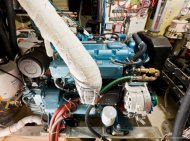 There’s a growing interest in power options, for motor yachts and auxiliary sailing yachts alike, that are more sophisticated than the simple, traditional shaft drive.
There’s a growing interest in power options, for motor yachts and auxiliary sailing yachts alike, that are more sophisticated than the simple, traditional shaft drive.
Fuel costs are a major factor driving this interest. While they’re unusually low at the moment, they won’t stay that way forever. And even if cost isn’t much of a concern for you, range under power probably is–getting a bit of extra distance out of the same tankage volume can make a big difference to your cruising plans.
Fuel consumption, though, is not the only factor that can spark an interest in more sophisticated powertrains. Perhaps you want:
- Lots of thrust at low speed for towing and for docking in tight quarters.
- Or the silent, odourless operation of an electric drive for poking around in quiet, unspoiled rivers.
- Or an engine that can provide an extra boost for motorsailing just as efficiently as it can drive the boat on its own.
- Or you just want to stop tearing apart your diesel to re-hone its badly glazed cylinder walls every time the thing acts funny. (Many yacht engines die from being used at low loads.)
Just as often, I see people choosing fancy, high-tech equipment simply for the sake of having the latest, coolest toys to play with and to show off. Honestly, I’m OK with that. It keeps plenty of my friends in business.
Fooling youself about your motivations, though, can be dangerous. If you want a $90, 000 hybrid electric drivetrain for the sake of having the coolest engine room at the boat show, that’s fine, but if your intent is to save fuel, money and repair time then I may very well recommend you look at something else instead.
A Closer Look
In this series, we’ll explore the advantages and downsides of various “advanced” drivetrain technologies, and take a look at the logic by which we might select or reject them for our boats.
Some of these technologies–hybrid electric drive in particular– are awash in marketing hype, much of it unjustified or exaggerated. We’re going to try to cut through all that, focusing instead on the questions that really should guide the decision:
- Does this system make sense, from a technical standpoint, for my boat?
- Does this system make sense, from a cost standpoint, for my boat?
- Can I live with this system in remote areas and over many years?
Each of us is in a different situation, so we can’t draw any specific conclusions along the lines of “You should buy System X”. We can, however, get a pretty good idea of what each technology’s strengths and weaknesses are, how these systems are likely to perform in real-world cruising, and how to go about deciding what makes sense for you.
Coming Soon
You might also like

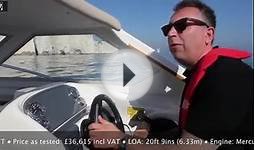


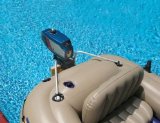
|
Intex Motor Mount Kit for Intex Inflatable Boats Sports (Intex)
|
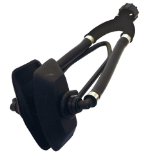
|
Shoreline Marine Motor Flusher Dual Flow Sports (Shoreline Marine)
|
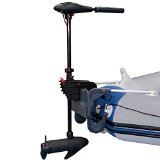
|
Intex Trolling Motor for Intex Inflatable Boats, 36" Shaft Sports (Intex Recreation Corp.)
|
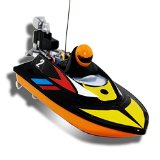
|
Mini Radio Control Speed Boat with Outboard Motor Toy (DENTT)
|

|
Classic Accessories Outboard Boat Motor Cover, Camo, Fits Outboards Up To 16 HP to 45 HP Sports (Classic Accessories)
|







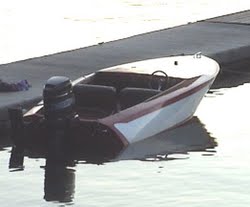 A motorboat (or speedboat) is a boat which is powered by an engine. Some motorboats are fitted with inboard engines, others have an outboard motor installed on the rear, containing the internal combustion engine, the gearbox and the propeller in one portable unit.
A motorboat (or speedboat) is a boat which is powered by an engine. Some motorboats are fitted with inboard engines, others have an outboard motor installed on the rear, containing the internal combustion engine, the gearbox and the propeller in one portable unit. A rigid-hulled inflatable boat, (RHIB) or rigid-inflatable boat (RIB) is a light-weight but high-performance and high-capacity boat constructed with a solid, shaped hull and flexible tubes at the gunwale. The design is stable and seaworthy. The inflatable collar allows the vessel to maintain buoyancy even if a large quantity of water is shipped...
A rigid-hulled inflatable boat, (RHIB) or rigid-inflatable boat (RIB) is a light-weight but high-performance and high-capacity boat constructed with a solid, shaped hull and flexible tubes at the gunwale. The design is stable and seaworthy. The inflatable collar allows the vessel to maintain buoyancy even if a large quantity of water is shipped...